MORE GREAT TITLES FROM
PAVILION
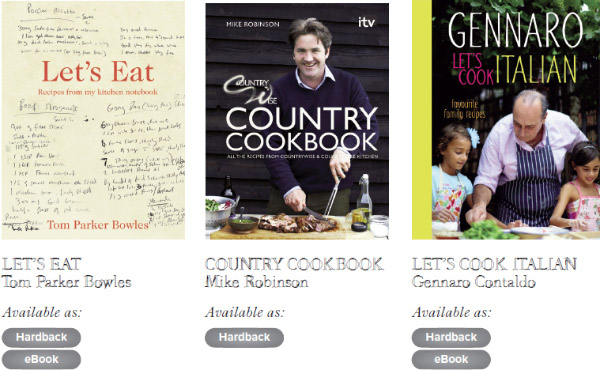
 www.anovabooks.com
www.anovabooks.com


the recipes
the cuts
Roast pork
Roast rolled leg of pork with sesame potatoes and wild garlic apple sauce
Honey roast pork with roast potatoes and apples
Slow-roast shoulder of pork
German roast pork
P ERFECT CRACKLING
Pork and leek pie
Loin of pork with mustard and vermouth
Burmese golden pork
Hot and sour soup
Sweet and sour pork
Medallions of pork with orange
Pork fillet with caraway and tomatoes
Braised pork belly with fennel
Boiled pork belly with lentils
Cinghiale in dolce-forte
Hungarian goulash
Ragout of pork with prunes and leeks
Pork chops with chicory and lemon
Casserole of pork with fresh herbs and ale
Pork with plums
Pork with creamed leeks
Loin of pork with lemon and mushroom sauce
Baked chops in foil with apple and honey
Escalopes of pork with avocado and sage
Spare ribs
Sauces: red pepper, sweet and sour, American
bacon
Steamed pork, bacon and leek pudding
Asturian bean stew
Spaghetti carbonara
Ragged Jack Kale with smoked bacon and Anster cheese
Leek and smoked bacon risotto
Salads
Frise and bacon
Salad of bitter greens with poached eggs and prosciutto
Salad with potato and mustard dressing
Salsa verde
Prosciutto with fruits
Dean & Deluca croque signor
BLT
ham
To cook a ham in comfort
Leek and ham with cheese sauce
Ham and haddie
Ham, chicken and mushroom pie
Feijoada
Tomato, ham and herb tarts
Ham with asparagus and Hollandaise
Pease pudding
Pea and ham soup
T HE HAM SANDWICH
sausages
Making sausages
Homemade sausages
Homemade mash
Other sausage mixes: Wiltshire, spicy sage, Italian
S AUSAGE SANDWICH
Sausage in brioche
Scotch eggs
Sausage rolls
Spanish stew with tripe and chickpeas
Tortilla con chorizo
Olla podrida
Meatballs in tomato sauce
Pounti
Choucroute
Homemade choucroute
Choucroute garni
Petit sal
Galician soup
Bigos
Fricadeller
Pts and terrines
Country pt
Pork and pistachio terrine
Pig(eon) terrine
Rillettes Meat loaf
intriguing others
Bath chaps
Kidneys with mustard and mushrooms
Brawn
Faggots
T HE BIG BREAKFAST
Pigs liver with lemon and honey
Cassoulet
Cheats cassoulet
Traditional cassoulet
Castilian pigs trotters
Pied de cochon Ste Menhould
Pork pie
Pork scratchings
Stock
Tomato sauce
Madeira sauce
Sauce gribiche
Pastry
Skirlie
Lardy cake
White bread

introduction
The pig, a most fascinating and iconic creature, has been both reviled and revered at various times throughout history. Often misrepresented as greedy, lazy and dirty, the pig has gradually achieved a more prominent and pleasing role in popular culture.
Round, jolly pigs are portrayed as loveable characters in nursery rhymes and childrens literature, such as the tale of The Three Little Pigs, Beatrix Potters Little Pig Robinson and Pigling Bland, and Alison Uttleys Sam Pig. Pigs appear in art and advertising and as ornaments and piggy banks. Despite their pleasingly round and piglike shape, it is widely believed that piggy banks were not named after the animal. In the Middle Ages, jars and containers were made of a clay called pygg. People stored salt and saved coins in the jars, which themselves became known as pyggs. By the eighteenth century, this clay was no longer used and the containers were made of ceramic, but retained the name pygg. Nineteenth-century English potters produced the containers in the shape of a pig, which looked appealing, particularly to children. In the Netherlands and German-speaking countries, where the pig is a symbol of luck and good fortune, it is traditional to give piggy banks as gifts. In Germany, pigs made of marzipan are given as gifts at Christmas and New Year for good luck.
In Celtic culture, pigs were associated with the Otherworld (the Lord of the Otherworld was usually depicted with a pig over his shoulder) and the feasts of the dead, and symbolised abundance. Swineherds were believed to be magicians and in Irish folklore swineherds could cross from the Otherworld to this world and back again.
Pigs even have their own patron saint St Anthony the Great (also referred to as The Abbot), an Egyptian Christian in the second century AD, who lived in the desert as an anchorite (recluse) for parts of his life. St Antony is also the patron saint of swineherds and pig keepers, and in art is normally portrayed with a pig nearby. His link with pigs is somewhat complicated. Skin diseases of the time were sometimes treated with applications of pork fat mixed with herbs (which reduced inflammation and itching) and Antony is credited with healing such conditions, so he was portrayed in art accompanied by a pig. People who saw the paintings took them at face value and thought there was a direct connection between Antony and pigs; thereafter, people who worked with swine took him as their patron.
The origin of the word pig is unclear: the Oxford English Dictionary suggests it is Middle English (the period between the Norman invasion and about 1470). The word pork refers to the edible flesh of a pig and is derived from the French porc and Latin porcus words for pig. Hog is an older English word, possibly of Celtic origin, for a domesticated pig.
THE DOMESTIC PIG
The pig is surely the most useful animal in the world. It was domesticated from wild boar around 9000 years ago in the Near East. Written records show that pigs were being reared in China around 5,000BC.
The ancient Egyptians farmed and ate pigs and regarded them as sacred to the god Seth. The ancient Greeks also kept pigs and served pork at feasts, but it was the ancient Romans who perfected the art of pig breeding, rearing, cooking and curing the meat. Pork was so much in demand in Rome that it had to be supplemented with imported supplies from Gaul, where an abundance of wild pigs thrived in the forests.
Recent research by Durham University, England, has revealed that domesticated pigs in Europe were introduced by Stone Age farmers from the Middle East, while research from the Universities of Oxford and Durham has shown that the first European domestic pigs appeared in Central Europe and the areas we know as Italy and Germany around 1,500 BC ; by 800 BC they had reached Britain.


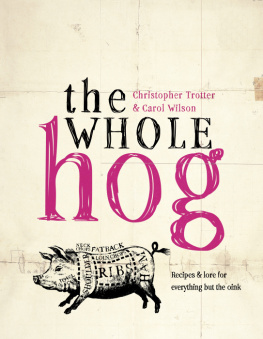



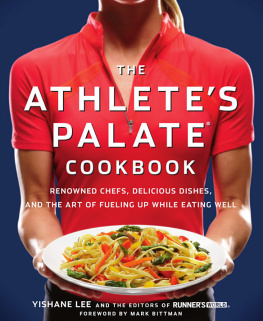
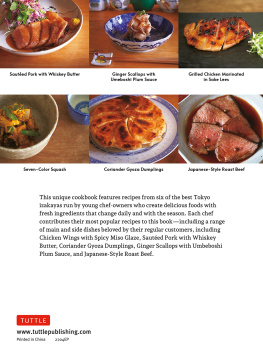
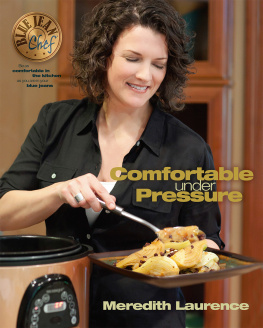
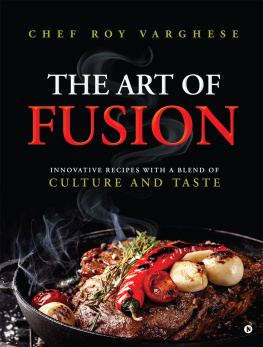
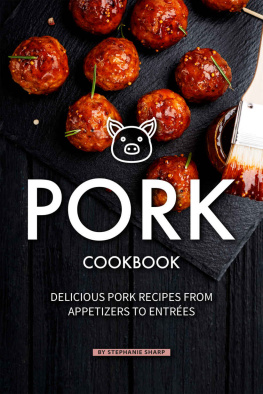



 www.anovabooks.com
www.anovabooks.com


